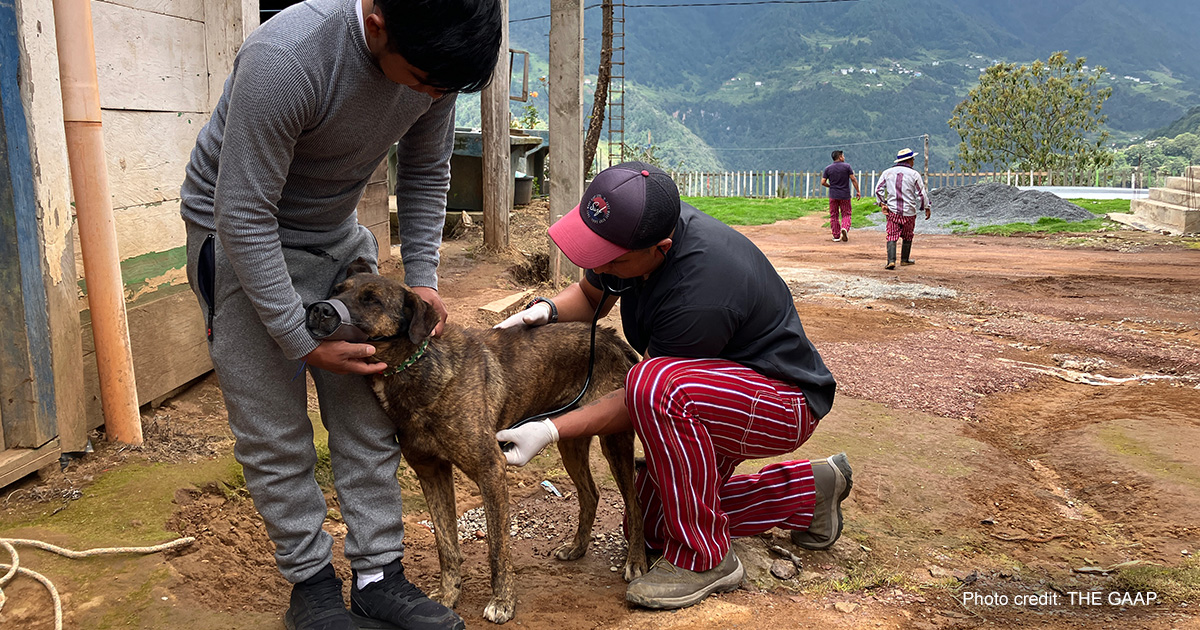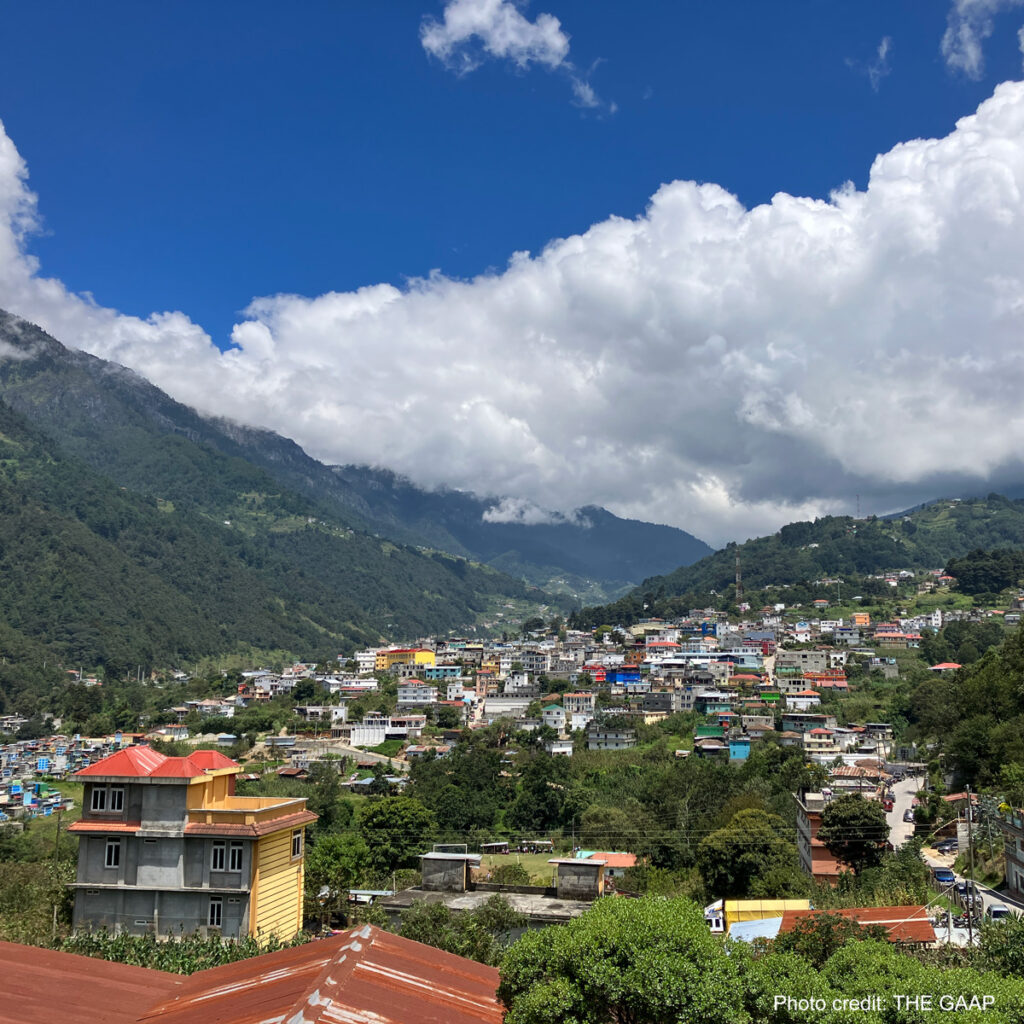
Jan 23, 2024 Changing Human-Dog Interactions: One Organization at a Time
Thousands of nongovernment organizations (NGOs) are working worldwide to improve the well-being of dogs. Still, providing even a rough estimate of the global impact of these dog welfare projects has proved very challenging. Some organizations – such as the Soi Dog Foundation – have and report substantial impact. The Soi Dog Foundation, for example, passed a major milestone in 2023 when it reached one million animals sterilized in Thailand over its 20-year existence. At the other end of the spectrum are the thousands of much smaller operations worldwide working to improve dog welfare. But the work of smaller organizations, even those that have operated for multiple years in a community, is rarely included in global estimates of the overall impact on animal welfare. WellBeing International welcomes the State of Pet Homelessness (SoPHP) project launched by Mars on January 23, 2024. WellBeing International anticipates the SOPH will lead to improved projections of pet homelessness.

Todos Santos, Guatemala (Photo credit: The GAAP)
For example, the founders of The Global Alliance for Animals and People (The GAAP) in Valdivia, Chile, in 2014 have been involved since 2008 in an annual dog management project in Todos Santos, an isolated, small Mayan village in northwestern Guatemala. The entire municipality, situated in the Sierra de los Cuchumatanes highlands, has around 26,000 people. When The GAAP founders first became involved in the Todos Santos project, they committed to staying in the community for the long term, regardless of the challenges, given that there was a long history of NGOs working in the village for a short time and then moving on elsewhere, creating an understandable lack of trust between community members and NGO’s.
The GAAP team began with a vaccination and sterilization program requested by the local community to mitigate the risk of rabies transmission to humans. Following almost ten years of annual campaigns, they decided it was time to develop a more sustainable approach to human and animal health involving someone from the community, which did not rely on periodic, infrequent visits by foreigners. This led to training a local Mayan community member, Andres, as a para-veterinarian to provide accessible, albeit relatively basic, veterinary services to the community. The para-veterinarian is supported via a telehealth system and supervised by veterinarians on The GAAP team in Valdivia, Chile.
During their most recent visit to Todos Santos, The GAAP reported that 115 animals had been sterilized and 86 had been vaccinated. The GAAP continues to visit Todos Santos when possible (the pandemic prevented such visits in 2020 and 2021) to maintain contact and trust with the community, to augment the numbers of animals sterilized, and to advance the training of Andres, the para-veterinarian. The number of animals treated is less important than the continued presence of The GAAP personnel in the community.
During the Todos Santos project’s early phase, many volunteers visited the community for 7 to 10 days every year to help with the sterilization and vaccination campaign. Today, Andres, on his motorcycle, provides veterinary care to community animals every day of the year. These animals would otherwise have suffered without veterinary care, and many undoubtedly would have died without access to this constant service. Between 300 to 400 dogs are seen annually in Todos Santos and the surrounding rural areas, in addition to the pets who are sterilized during the campaign.
The GAAP veterinarians have observed a substantial improvement in canine health in Todos Santos and a positive change in how the community interacts with and cares for their animals since the project’s early days in 2008.
The GAAP is planning to expand its activities into Costa Rica in 2024. While all the programs in Chile will continue, it will be much easier for The GAAP members in Central America to visit Todos Santos and maintain its veterinary program in and around the village. The sustainability of The GAAP program and the training of Andres, the local para-veterinarian, continues to produce benefits for the people and animals of Todos Santos, not to mention eroding the mistrust towards “here-today-gone-tomorrow” NGOs that had developed.
Elena Garde and Guillermo Perez of The GAAP are co-authors of a comprehensive review of dog management in Chile. The review reports that there are around 200 dogs per 1,000 humans in Chile but that the relative number of dogs in Chilean communities varies inversely with log human density. The USA, the UK, India, Pakistan, Afghanistan, and Mauritius also observe an inverse relationship between dogs and humans. Early in 2021, there were 1,218,182 registered dogs in Chile, a country with around 20 million people (i.e., 60 registered dogs per 1,000 people). The review also reported that the Chilean government and municipalities had awarded sterilization contracts leading to the sterilization of almost half a million dogs and cats in Chile from 2014 to 2020.


